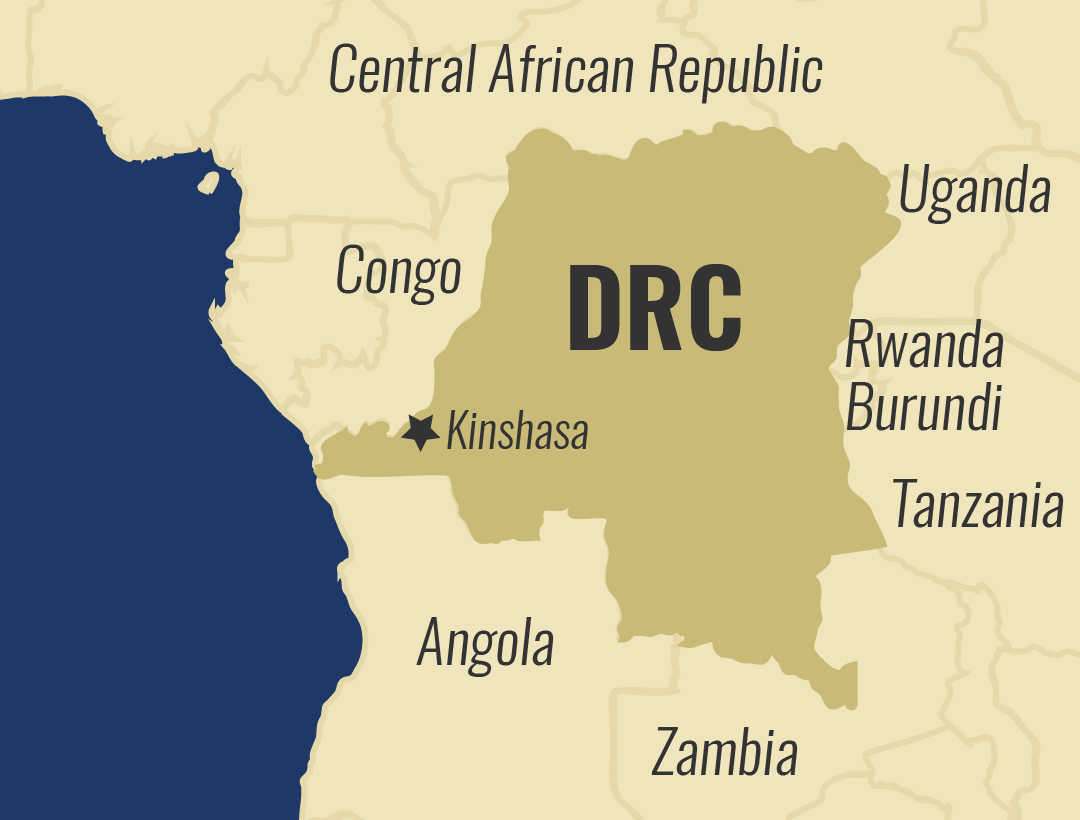Faces of Africa – Compassion Without Borders ( Episode 2): The Battle Against Ebola
In early 2014, the world was shocked by the news of an Ebola outbreak in West Africa.
More than 20,000 people were reportedly infected with the virus that killed over 60% of those who caught it. The Chinese government was quick to respond.
The Ebola virus was named after a river in the northern region of the Democratic Republic of Congo. It was first identified in 1976 by scientists as an extremely dangerous virus in the Ebola River Valley.
The virus is highly infectious, and deadly.
Scientific study has revealed that fruit bats are the most common carriers of Ebola. They can spread the virus to primates, such as monkeys, orangutan as well as humans. The virus spreads through direct contact with body fluids, such as blood.
The 2014 Ebola outbreak started in Guinea.
In December 2013, a two-year-old boy in Guinea began displaying symptoms of severe illness, including diarrhea and vomiting, reportedly after being bitten by a fruit bat. Four days later, he was dead.
After the boy’s death several members of his family and many of their neighbours in their village became ill with what was confirmed as Ebola. Within two months, 80 cases and 59 deaths were reported in Guinea.
By May 2014, the Ebola outbreak had spread from Guinea to the neighbouring countries of Sierra Leone and Liberia. By this time, 38 Chinese medical workers were serving on the frontline in West Africa.

On March 28, 2014, a first batch of medical supplies sent by China’s National Health Commission left the port of Guangzhou, bound for Africa. The Central Military Commission wanted the People’s Liberation Army (PLA) Medical University to set up a medical team that would be sent to Liberia. Its task would be to build and operate an Ebola treatment centre.

Song Caiping, a member of PLA Medical Team in Liberia said: “We always had to put on a protective suit before entering the ward. It would take at least 40 minutes to get into and out of a suit even for the most adept. Some might take an hour. But if we neglected anything we risked being infected. The entire process of putting on and taking off the protective suit involved 41 steps.”
The Chinese-built Ebola Treatment Centre opened in Monrovia, Liberia, in November 2014. In a remarkable display of speed, it had taken exactly a month for the Chinese Medical Team to set up the fully-functioning, 100-bed clinic.

You Jianping, a chief nurse of the medical team commented on the unusual challenges, “we found it very hard to inject into his (the patient’s) vein. Firstly, the veins were difficult to see.
“Secondly, he’d been dehydrated by vomiting, diarrhea and fasting so his veins hardly stood out.
“Thirdly, after a while in the sick ward our safety glasses would be misted up by sweat. Plus, we were wearing three layers of gloves.”
In early January 2015, blood tests performed on three Ebola patients at the clinic, all proved negative. Two days later, the results were still negative. According to WHO guidelines, this meant that the three patients had made a full recovery.






